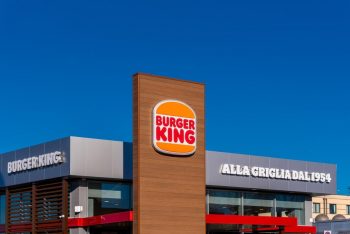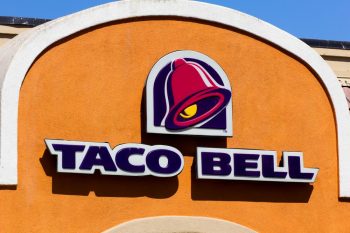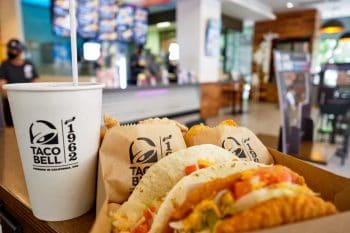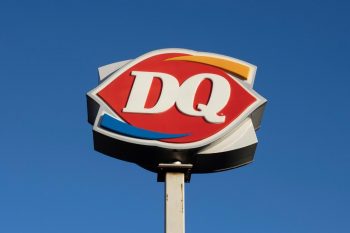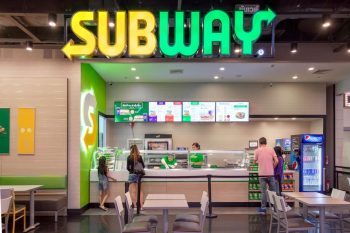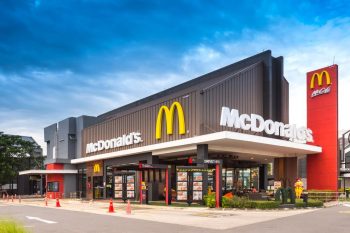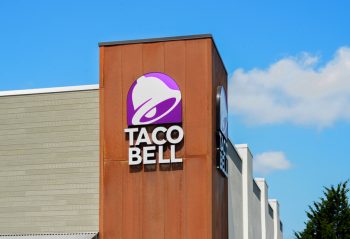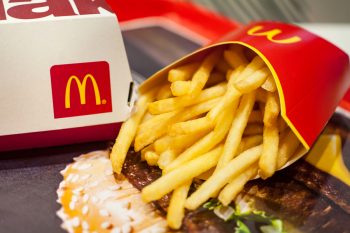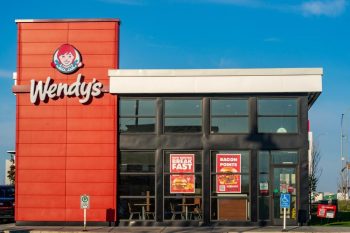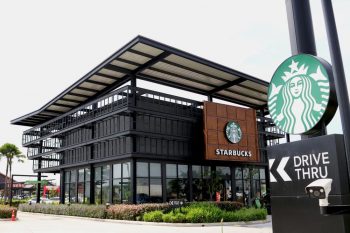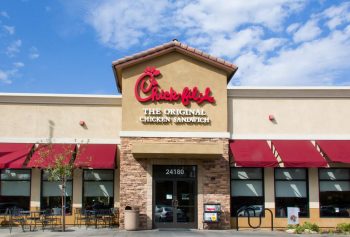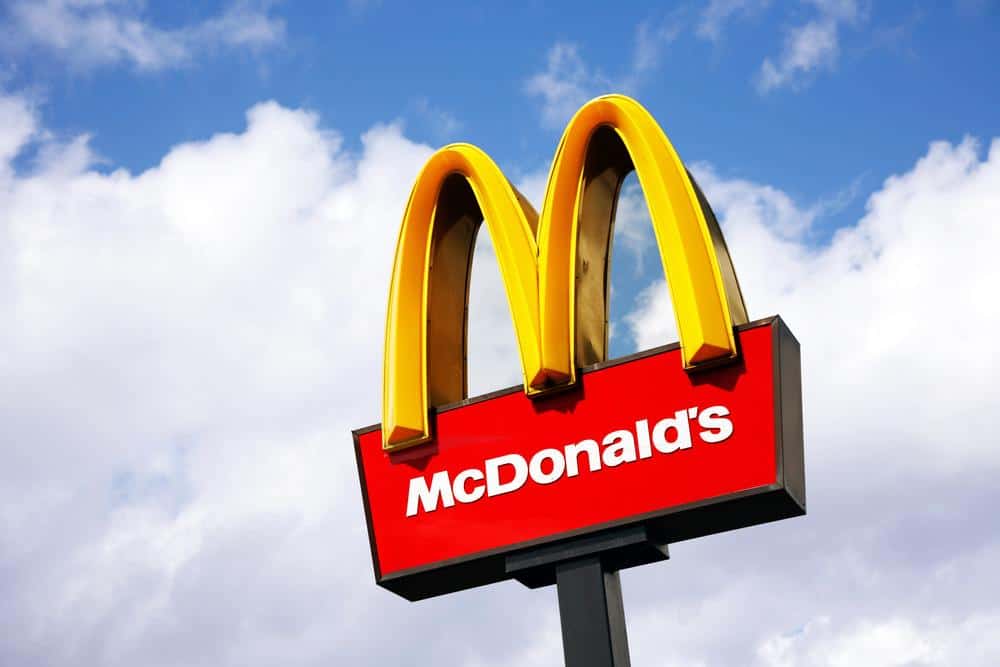
McDonald’s, the world’s largest fast-food chain, is known for its affordable menu. But have you ever wondered how McDonald’s manages to keep its prices so low? In this article, we will delve into the various factors that enable McDonald’s to offer food at such low costs while still maintaining profitability.
McDonald’s manages to keep its prices low due to a combination of factors. These include economies of scale from being one of the world’s largest buyers of food ingredients, efficient supply chain management, a franchise model that reduces capital expenditure, a cost leadership strategy, high sales volume, and a focus on selling profitable food items. This allows McDonald’s to serve affordable food while still maintaining profitability.
Economies of Scale and Efficient Supply Chain Management
As the world’s largest purchaser of beef, pork, potatoes, lettuce, tomatoes, and the second-largest purchaser of chicken, McDonald’s enjoys economies of scale in purchasing and expansion. This allows McDonald’s to negotiate better contracts with distributors and drive down commodity prices.
Moreover, McDonald’s has a highly efficient supply chain, which is integrated at every stage through partnerships with contracted suppliers. These partnerships allow McDonald’s to control more elements of the supply chain, such as owning livestock farms and operating their own distribution centers, achieving overall lower costs while maintaining consistent product quality across its vast network of locations.
Franchise Model and Cost Leadership Strategy
McDonald’s primarily operates through a franchise model, which allows the company to grow without the need for substantial capital expenditure. Franchisees invest their own capital in setting up their restaurants, and McDonald’s makes money through rent and royalties based on a percentage of sales.
Moreover, McDonald’s follows a cost leadership strategy, which helps it save money by reducing its overall costs. This enables the company to offer its products at lower prices and attract more customers, thereby generating more revenue to offset its costs.
High Sales Volume and Profitable Food Items
Despite selling affordable food, McDonald’s focuses on selling a large volume of cheap food. This allows the company to cover its low-cost food by selling it in massive volumes. The company also focuses on profitable food items, such as soda with a 1,150 percent markup and coffee with a 2,900 percent markup. These high-profit items help McDonald’s to maintain its low prices while still turning a profit.
Streamlined Operations and Use of Technology
McDonald’s employs a centralized distribution model, allowing for streamlined operations and reduced costs. Efficient distribution and logistics play a vital role in McDonald’s supply chain strategy, ensuring timely and efficient transportation of fresh food to its restaurants. Furthermore, McDonald’s has been using big data and artificial intelligence to improve its operations across the board, including its supply chain management.
The Impact of McDonald’s Low Prices on the Fast-Food Industry
The introduction of the dollar menu in 2002 revolutionized the fast-food industry, attracting more customers and increasing competition among fast-food chains. Despite the challenges, McDonald’s has managed to maintain its dominance by focusing on profitable food items and leveraging its large scale to negotiate better prices with suppliers.
In recent years, McDonald’s has shifted away from its reliance on value consumers and raised menu prices more aggressively. This strategy, combined with the introduction of new premium products and the use of digital orders and delivery, has helped McDonald’s continue to grow its market share and revenue.
In conclusion, McDonald’s manages to offer food at low prices due to several factors, including economies of scale, efficient supply chain management, a franchise model, a cost leadership strategy, high sales volume, and a focus on profitable food items. These factors combined allow McDonald’s to maintain its competitive edge in the fast-food industry while still turning a profit.
Frequently Asked Questions
Why does McDonald’s use a franchise model?
McDonald’s uses a franchise model because it allows for rapid expansion without the company having to invest substantial capital in setting up new locations. This model also allows McDonald’s to benefit from local knowledge and expertise of the franchisees, which can help adapt the brand to different markets around the world.
How does McDonald’s maintain consistent product quality across its vast network of locations?
McDonald’s maintains consistent product quality through its tightly controlled and efficient supply chain. The company has partnerships with contracted suppliers who must adhere to strict standards set by McDonald’s. In addition, McDonald’s uses a centralized distribution model, which ensures that all locations receive the same quality ingredients.
What is McDonald’s cost leadership strategy?
McDonald’s cost leadership strategy involves minimizing costs wherever possible in order to offer food at lower prices. This strategy includes negotiating lower prices with suppliers due to its large scale, using a franchise model to reduce capital expenditure, and streamlining operations through efficient supply chain management and the use of technology.
What is the impact of McDonald’s low prices on other fast-food chains?
McDonald’s low prices have increased competition among fast-food chains, forcing them to also offer affordable options to attract customers. This has led to a price war in the fast-food industry, which benefits consumers but can put pressure on the profit margins of these businesses.
How does McDonald’s use technology to improve its operations?
McDonald’s uses technology, including big data and artificial intelligence, to improve various aspects of its operations. For example, it uses data analytics to optimize its supply chain, predict customer behavior, and personalize marketing. In addition, it uses AI for tasks such as improving customer service through automated ordering systems and chatbots.

